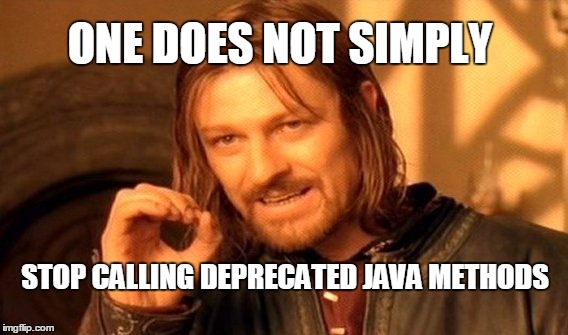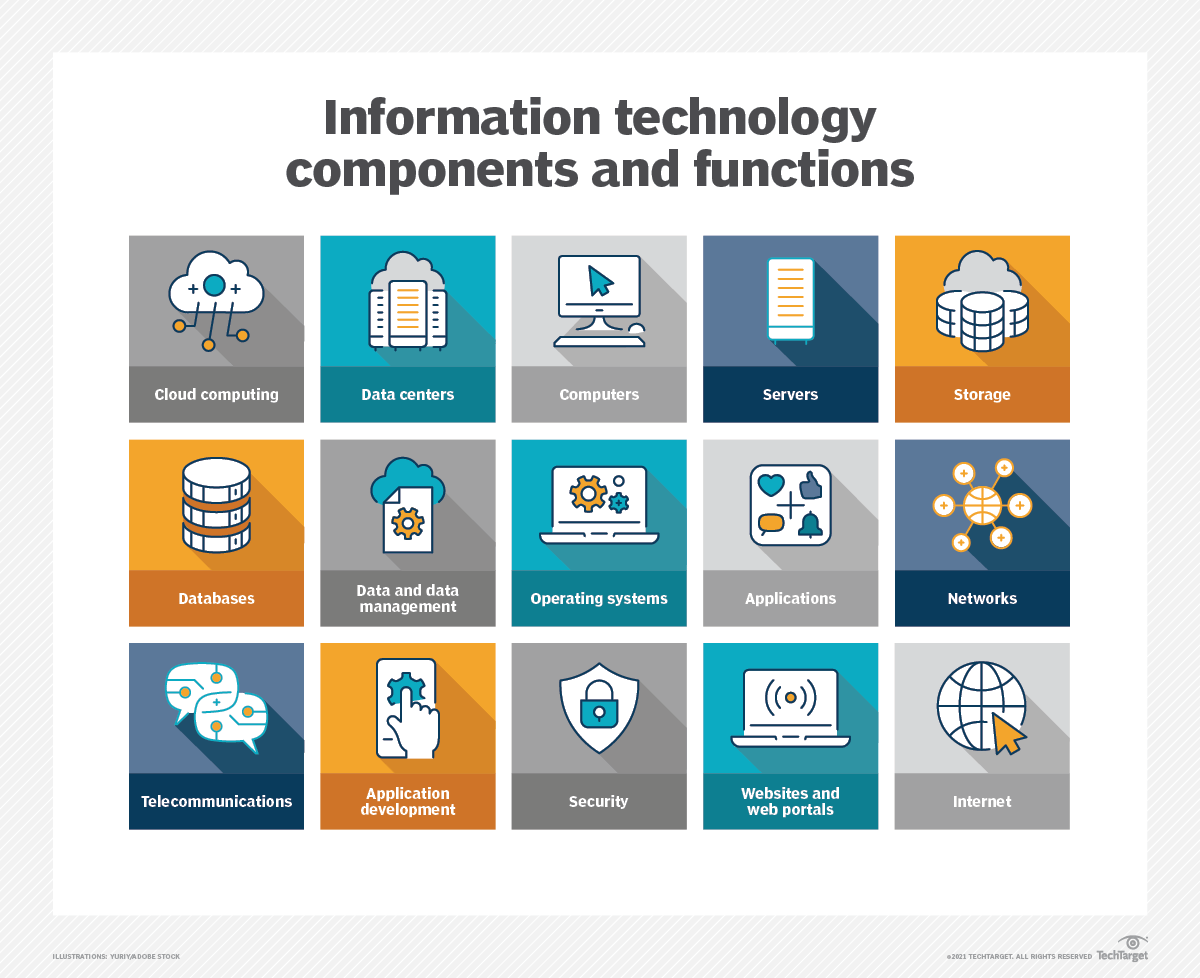Deprecated vs depreciated: What's the difference?
The key difference between deprecated and depreciated is that when something is deprecated it can be used today but will not be available in the future, while something that has depreciated has continuously lost value over time.
The term deprecated is commonly used in software development and programming, while the term depreciated is used commonly in accounting and economics.
Deprecated in software engineering
In the software development world, a deprecated item functions exactly the same way today as it did in the past, but all functionality and utility are planned to be removed in the future. In contrast, an item that has depreciated no longer holds the same value as it did in the past, and its value will continue to diminish and deteriorate over time.
A deprecated class, component, or function is still available in the current version of the API but the provider plans to remove it in the near future.
Depreciating assets in accounting
While the term deprecate is familiar in the software world, depreciation is a term in finance. Essentially it’s a measure of declining utility and value (or perceived value) over time.
When you drive a new car off the lot, it loses 20% or more of its value right away. That’s a real-world example of something depreciating.
In a corporate context, it’s a common practice when companies invest in expensive assets. A company that purchases an expensive facility or equipment can write off any depreciation of that asset against earnings. For example, a $100,000 tractor might be written off over 10 years, which gives the company a $10,000 tax deduction each year.

Developers must avoid calling deprecated methods, although old habits die hard.
Differences between depreciate and deprecate
The two terms sound similar, but their meanings and the context in which they are used are very different. Here are the top 5 differences between deprecate and depreciate:
-
Deprecated relates to software development, while depreciated relates to finance.
-
Deprecation indicates future obsolescence, while depreciation is a result of wear and tear over time.
-
Deprecation indicates full utility until pending discontinuation, while depreciation indicates diminishing value and utility over time.
-
Deprecation applies to software libraries, APIs, code, and frameworks, while depreciation applies to assets such as cars and buildings.
-
Deprecated comes from the word deprecari which means “to pray away.” Depreciation comes from the Latin word depretiare meaning “reduce in price.”
Depreciated, deprecated and software engineering
If a software engineer ever uses the word depreciated, it’s likely that they actually meant the word deprecated. The opposite is true for accountants who use the word deprecated.
There really is no application of the term depreciated in software development. Occasionally a developer or engineer will refer to a method or component as being depreciated, but that’s simply a slip of the tongue. What they mean is that the component is deprecated.

Deprecated items in IT will no longer be available in the future, while depreciated ones will have lost value in the future.
Cameron McKenzie is an AWS Certified AI Practitioner, Machine Learning Engineer, Solutions Architect and author of many popular books in the software development and Cloud Computing space. His growing YouTube channel training devs in Java, Spring, AI and ML has well over 30,000 subscribers.




